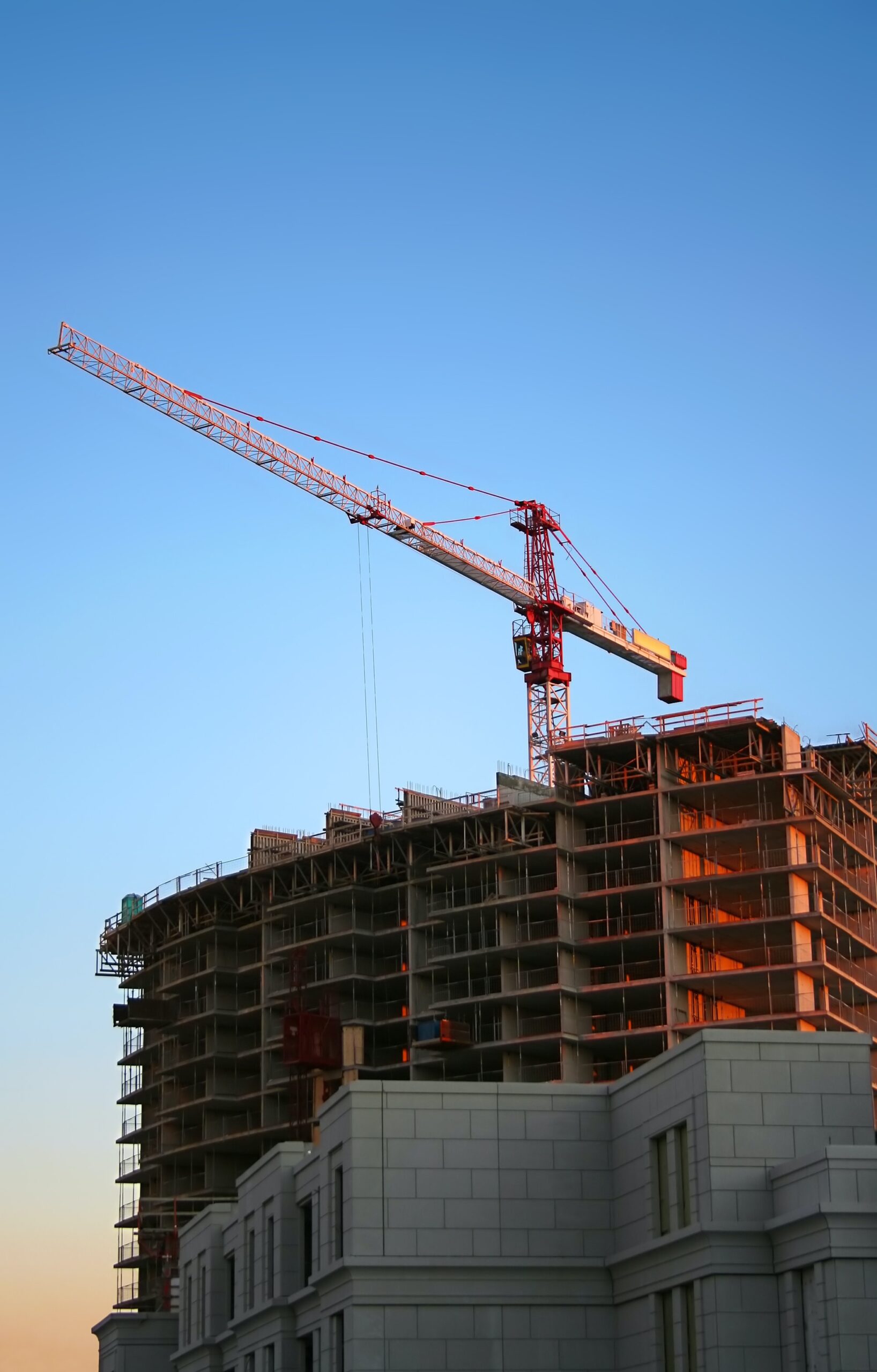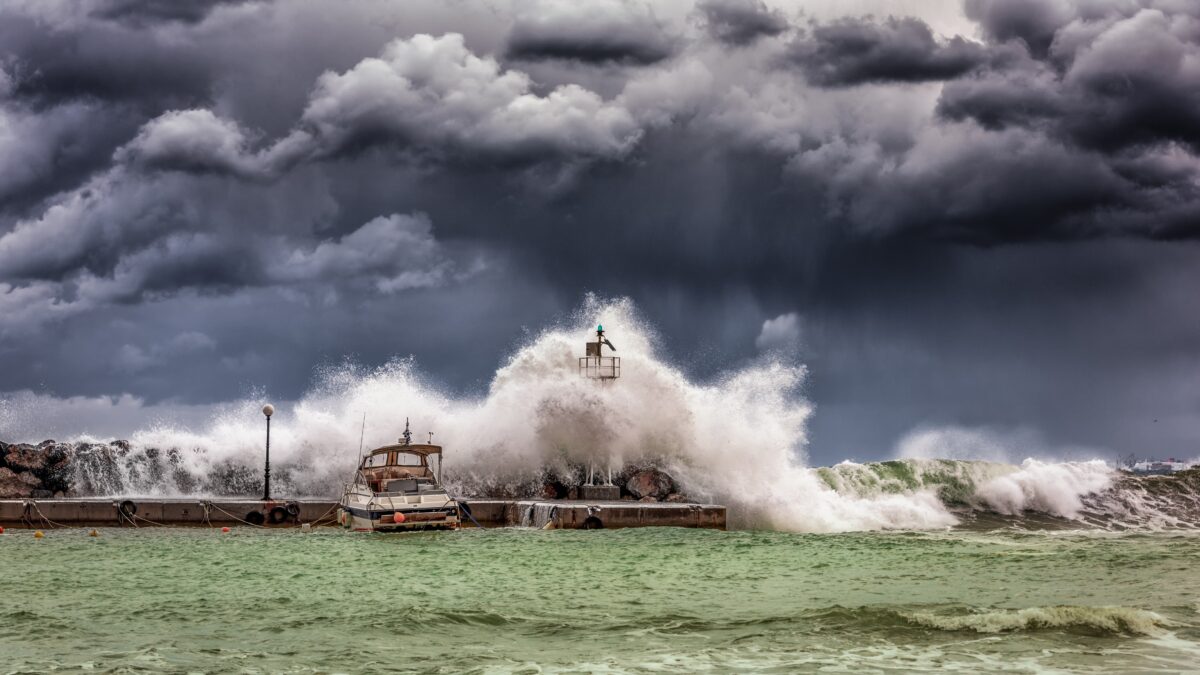Homes, companies, and infrastructure can sustain significant damage as a result of natural catastrophes. In the aftermath, everything must frequently be rebuilt from scratch. This is a difficult process that can be accomplished effectively and efficiently with the right strategy and execution. We’ll go over some of the best ways to rebuild after a natural disaster, as well as some advice on how to remain productive and organized during this trying period.
1) Create a plan:
Developing a plan is the most important first step in rebuilding after a natural disaster. A complete and well-planned reconstruction is necessary to guarantee that every aspect is handled. Therefore, assessing the damage and deciding what needs to be done before you start making repairs is essential. Consider the cost of the materials, labor, and any other services required for the reconstruction when doing this.
Each activity should be divided into smaller pieces once a list of activities has been created in order to make it easier to track progress and any changes or revisions required along the way. The next step in developing a strategy is prioritizing which tasks must be carried out first to ensure that the crucial components of the rebuilding process are taken care of as soon as feasible. For example, initiating infrastructure improvements like putting in power or water lines before residential homes. Identifying readily available resources, such as finances or supplies, is essential when establishing a strategy in order to increase efficacy and save costs.
Effective communication must be established in order to keep everyone participating in the rebuilding process informed and on task. Doing this allows any difficulties or problems to be swiftly discovered and successfully resolved without significantly delaying other duties linked to rebuilding. Last but not least, monitoring progress through regular reviews allows for a more detailed evaluation of how things are going and allows for the making of any necessary adjustments as needed. With the right planning and execution, rebuilding our world after natural disasters may be more effective and efficient than ever.
2) Secure Funding:
Natural disaster damage restoration is a crucial step in the construction process. Insurance may cover the immediate costs, but it frequently does not cover rebuild costs. This is why securing additional money for initiatives like infrastructure restoration, and the relocation of those in need is critical.
Government grants and other types of relief that are available in some disaster-prone areas are one option to get more money. For instance, the US Federal Disaster Management Agency (FEMA) helps those impacted by natural disasters like hurricanes or earthquakes as well as the areas where they live. Direct financial assistance can be provided to assist governments in rebuilding public infrastructure, including roads and bridges, through FEMA’s Public Assistance Program. Moreover, funds are available via FEMA’s Individual Assistance Program for temporary lodging, home repairs, and related medical costs.
Private organizations may also provide money in times of need in addition to the government. Those looking to donate frequently choose charities like The Red Cross. Before giving any group money or resources, it is crucial to do your homework to make sure it is reputable and authentic. In certain circumstances, other private businesses might also provide aid, including by giving reduced building supplies or other services.
Foreign help can also be utilized to gather resources when they are needed. Assistance may take the form of monetary aid from other nations or the delivery of supplies to persons affected by natural disasters to ensure they have access to needs like food and water. After a disaster, they simultaneously reconstruct their lives.
3) Assess Damage:
After securing funds for rebuilding, the next step is to assess the damage caused by natural disasters. Depending on the circumstances, this can be a difficult and dangerous process. Any personnel involved in evaluating damage must take all necessary safety precautions, such as wearing appropriate clothing and following local laws concerning restricted areas.
It’s crucial to consider both direct effects (such as damaged structures) and indirect effects when evaluating damage (e.g., psychological trauma). By doing this, decision-makers can have a thorough grasp of what must be done to successfully reconstruct the area and guarantee that individuals impacted are well cared for during this trying period. Moreover, assessing various regions according to their susceptibility to natural disasters can be useful in figuring out which areas want relief most urgently.
Once the extent of the damage has been determined, it is time to begin rebuilding by completing the necessary infrastructure repairs. For those impacted by the tragedy, this can entail fixing buildings and electricity lines as well as providing them with medical attention and emotional support. After a natural disaster, the rebuilding process can be lengthy and complex, so it’s crucial to take all the required precautions to make sure that everything runs as smoothly and effectively as possible.
4) Monitor and Evaluate:
This entails keeping track of how well the relief operations are going, including how much money has been spent and what supplies have been given. Additionally, it involves ensuring that individuals affected get all the resources they require, including food, water, medical attention, and psychological support. In this manner, decision-makers can confirm that their efforts are having the desired impact and, if necessary, change their strategy.
After a natural disaster, reconstruction can be a difficult task. But it’s crucial to keep in mind that every effort counts when it comes to assisting individuals who have been affected by the tragedy in getting back on their feet. Decision-makers can guarantee that persons affected by natural disasters receive the assistance they need to rebuild their lives and start over by following these steps and obtaining additional funding if necessary.
Also, it’s critical to remember that prevention is preferable to treatment. Proactive actions can assist in lessening the effects of natural catastrophes and reduce the amount of damage they cause, such as bolstering infrastructure and investing in new technology. By adopting this strategy, we can cooperate to ensure that upcoming generations are better prepared to deal with disasters of this nature when they arise. Ensuring less catastrophic incidents of happening, and a better future left for generations to come.
5) Businesses Becoming Involved:
Businesses can have a crucial part in the procedure of recovering from natural disasters. For example, businesses that provide construction, engineering, and architectural services could give their expertise to rebuild damaged infrastructure. Healthcare organizations might provide staff members and medical supplies to help treat those affected by the disaster. Technology enterprises might donate or lease equipment to facilitate quicker communication with aid recipients and emergency personnel. Financial institutions may provide grants to small businesses and low-interest loans to disaster victims to help them recover.
Businesses can help persons harmed by natural disasters even after the immediate crisis has passed by offering resources and personnel. This can be providing employment opportunities for those who have been displaced or lower prices on goods and services essential for rebuilding initiatives. It also entails giving resources to regional charities or other groups working to aid those impacted by the tragedy, such as cash or goods.
Also, corporations can collaborate with governmental organizations to create plans for minimizing the effects of natural disasters before they strike. This could entail creating early warning systems, making investments in infrastructure that is resistant to severe weather, and encouraging research into environmentally friendly building materials like Clear corrugated roofing sheets, which are made to withstand powerful winds and torrential downpours.
Businesses may lessen the damage brought on by natural disasters and guarantee that those affected get the assistance they require as soon as possible by taking preventive measures.
Ultimately, businesses must remember that they are responsible for contributing to global efforts to reduce the effects of natural disasters while helping communities recover from their aftermath. By taking part in rebuilding efforts and providing long-term support during times of need, business leaders can show their commitment to creating a more resilient world while protecting people and their livelihoods during times of crisis.

In conclusion, rebuilding after a natural disaster is difficult, but it is necessary to assist those impacted in getting back on their feet. Decision-makers may guarantee that persons affected by natural disasters receive the assistance they need to rebuild their lives and start over by adhering to the recommendations made in this article and securing additional funding as necessary. Companies are crucial to rehabilitation efforts as well as limiting the effects of potential future damage. For instance, they could contribute personnel and resources, provide ongoing assistance to individuals who need it, or even collaborate with governmental organizations to create plans for coping with catastrophic weather conditions in advance. In the end, companies must keep in mind that they must contribute to global initiatives to lessen the consequences of natural disasters while assisting communities in recovering from their aftermath. As a result, we could all create more resilient societies where people can feel secure amid emergencies with hard work and devotion.







